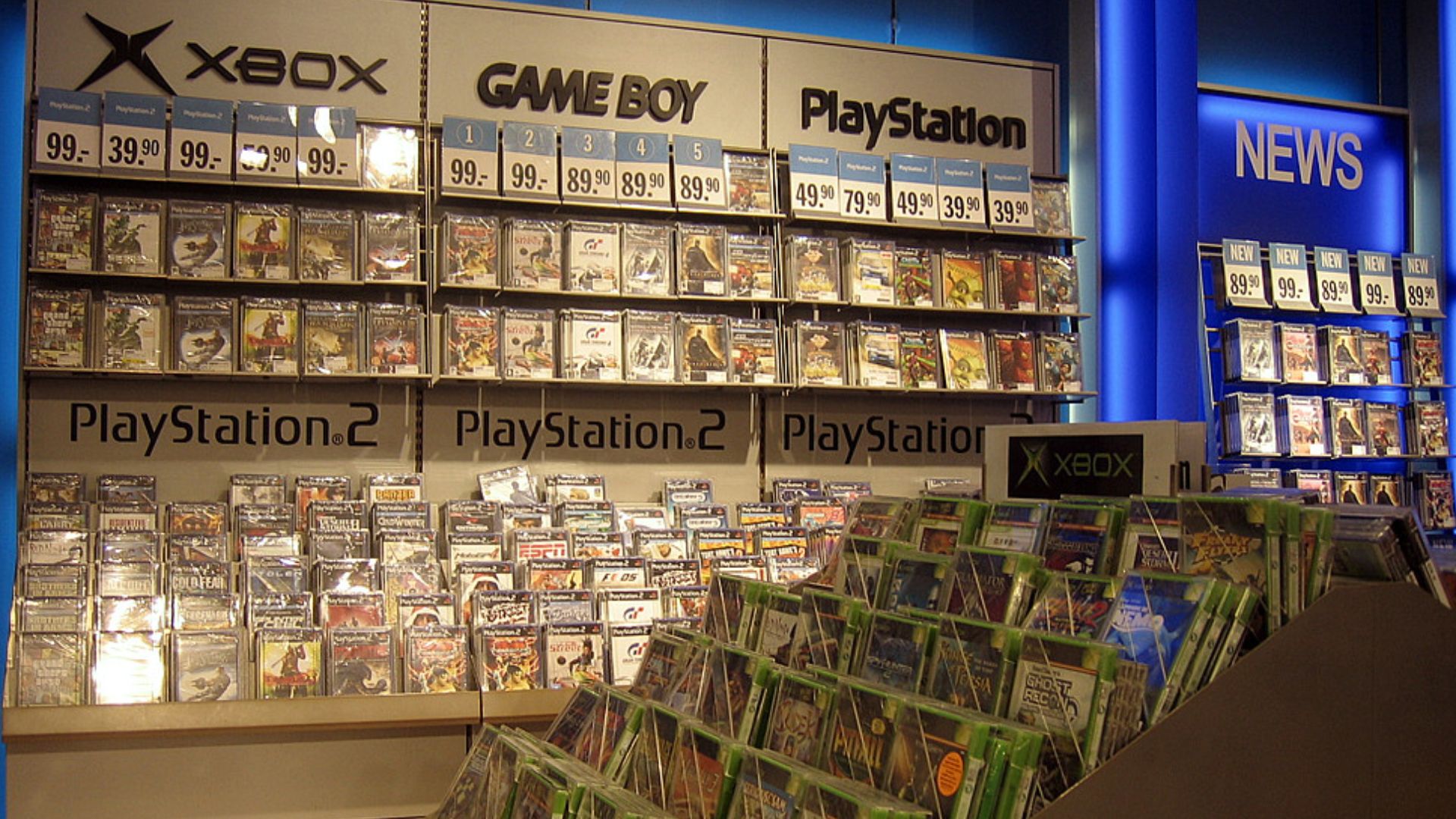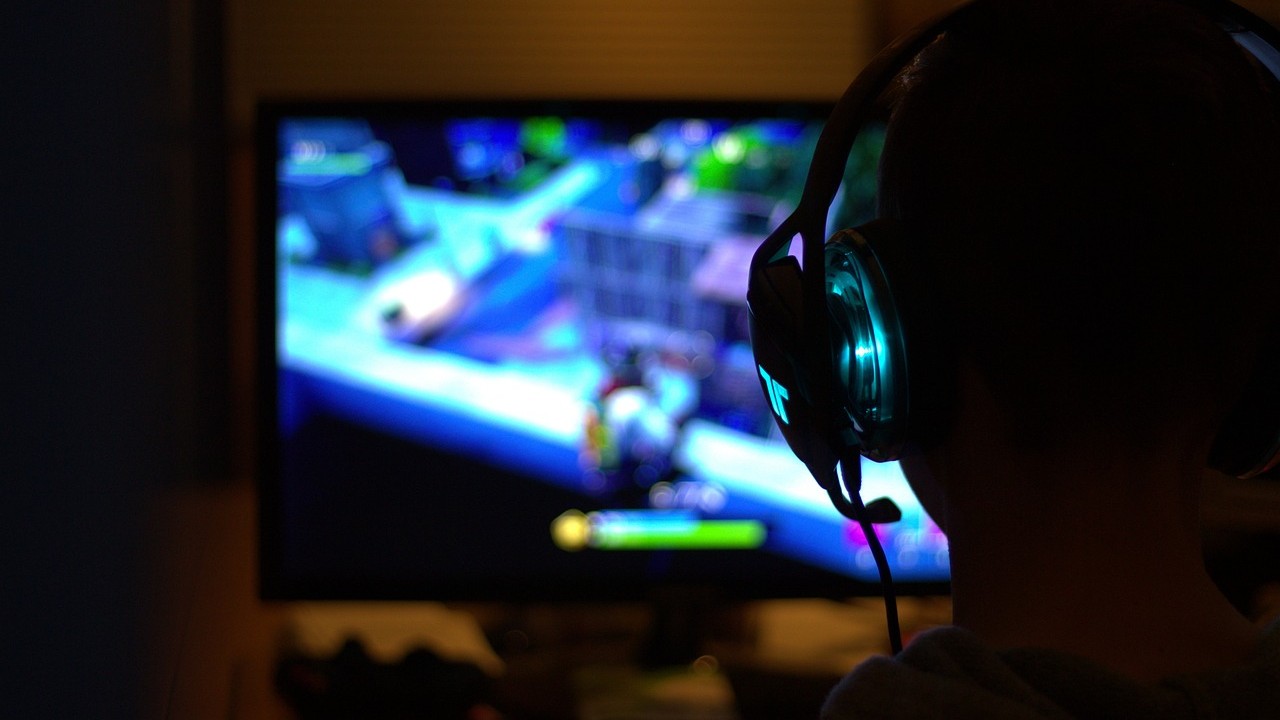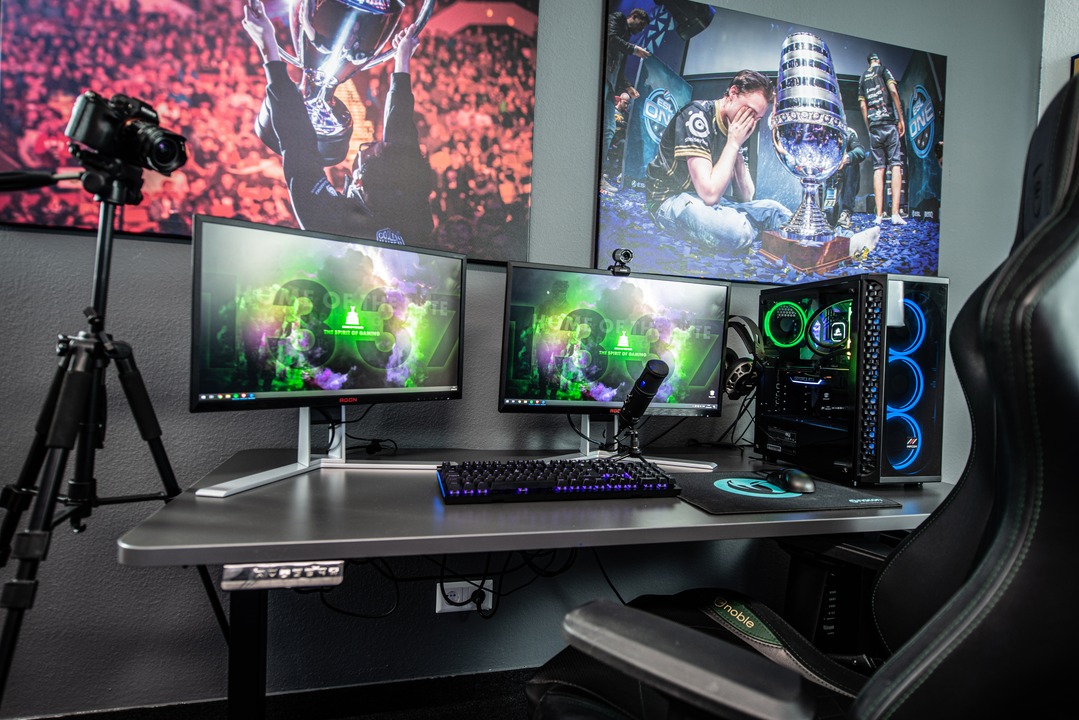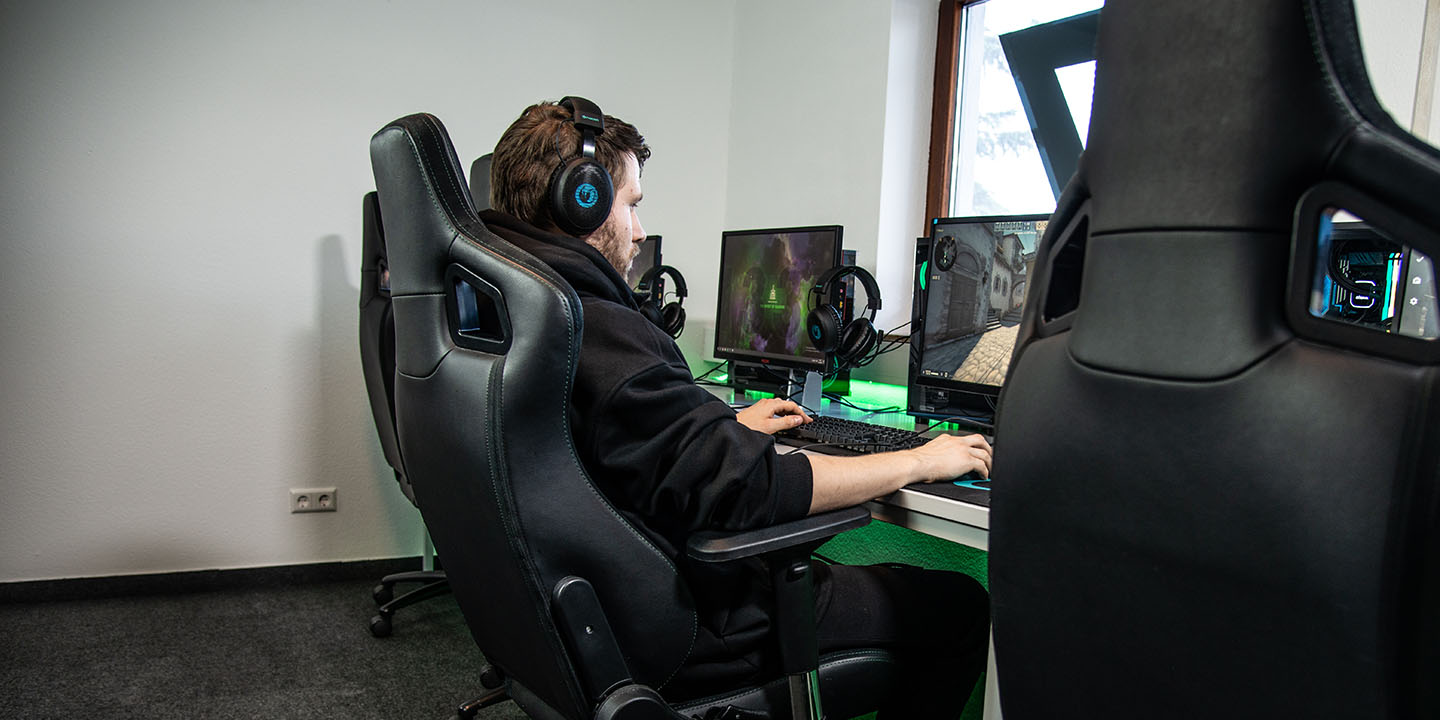The world of video gaming feels like it’s charging toward a fully digital future, as streaming and cloud libraries dominate the conversation. Yet, step into any game store today, and you’ll notice something unexpected: collectors browsing intently and clerks restocking limited editions.
That’s because retailers are adapting to a new kind of player—one who still wants to display their games in a world that increasingly sells only access.
Here is why game retailers believe the old box on the shelf might just be their most valuable asset.
Tangible Products, Real Engagement
In the early days of video games, a trip to a store meant flipping through colorful boxes and anticipating the feel of a new cartridge or disc. Retailers still count on that sense of ritual. Physical game copies deliver a tactile experience, as that tangible ownership creates deeper consumer engagement.
Moreover, the inclusion of special packaging, manuals, art books, or “feelies” adds value to the physical product. Such extras provide emotional resonance and display value that downloads cannot match.
Ownership, Resale, And The Secondary Market
Continuing the thread, another key reason retailers favor physical game media is the strong secondary market. When a shopper buys a physical disc, they can later bring it back, swap titles, upgrade, or pass it on. It is a cycle that boosts store traffic and recirculates inventory, which supports retailers’ business models.
In contrast, digital purchases typically tie to a user account and prevent the same kind of inventory rotation. Retailers regard that divergence as a strategic advantage for physical media. In short, by strengthening tangible ownership, physical games help maintain a retail ecosystem that includes new and used titles interacting in a visible store environment.
Why Now? Why The Push?
You might ask: if digital distribution is so dominant, why are retailers doubling down on physical media now? The answer weaves together several threads.
Just as vinyl made a comeback, boxed games appeal to fans who want something they can hold.
Physical editions give retailers identity and in-person experiences that digital storefronts can’t replicate.
Indie publishers now release physical runs more efficiently, creating fresh opportunities for stores.
Players trust what they can own outright, not what might vanish with a server shutdown.
What It Means For The American Retail Scene
For game retailers in the U.S., embracing physical media now means adopting a hybrid model: strong boxed game offerings, trade-in programs, special editions, and in-store experience. It also means aligning with publishers that still allocate shelf space for physical releases, and curating inventory that appeals to collectors and casual gamers alike.
To sum up, in an era of instant access, physical games remind us that not every experience should live on a server. And for game retailers, that realization might just be the key to staying relevant.









